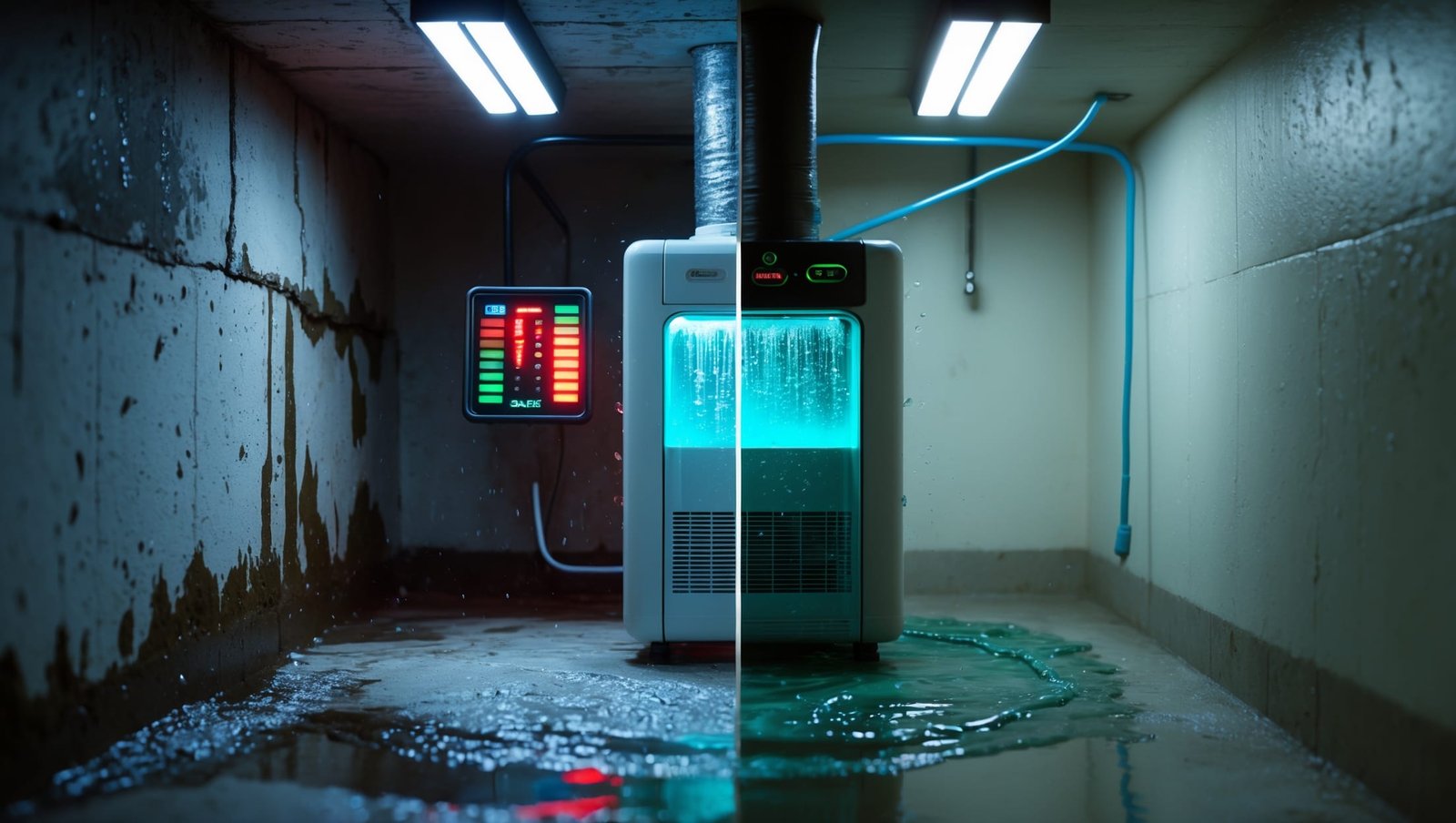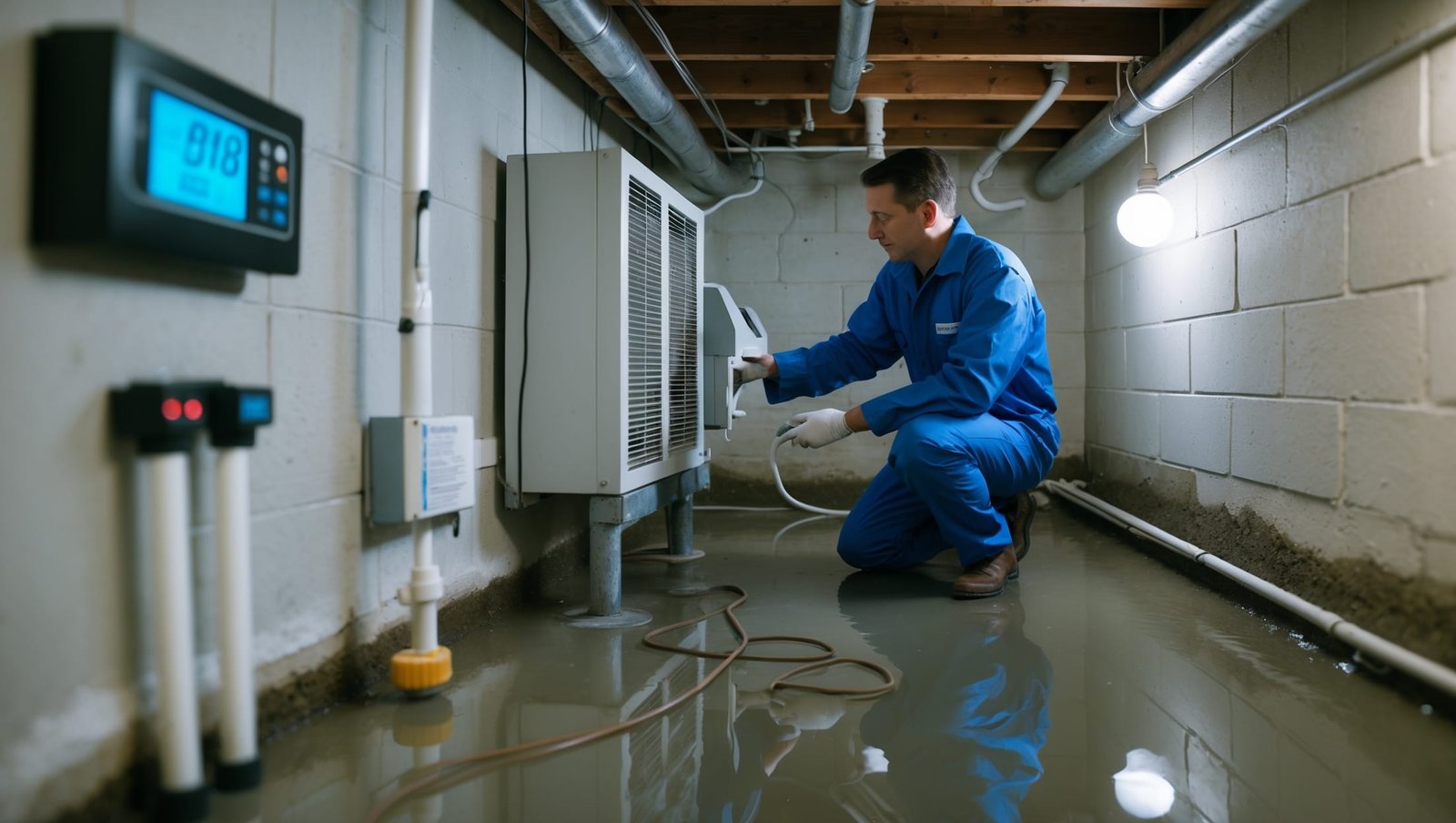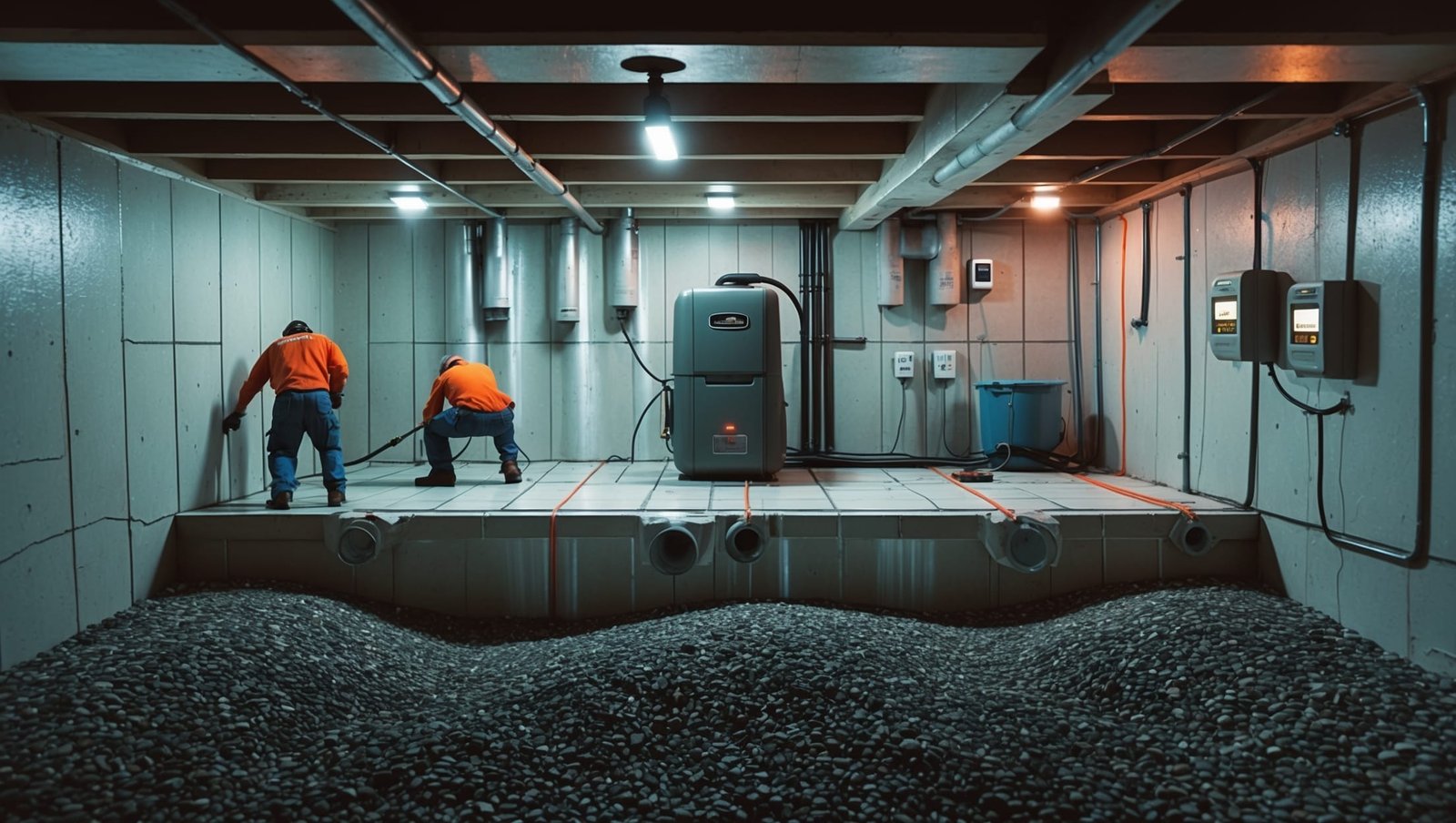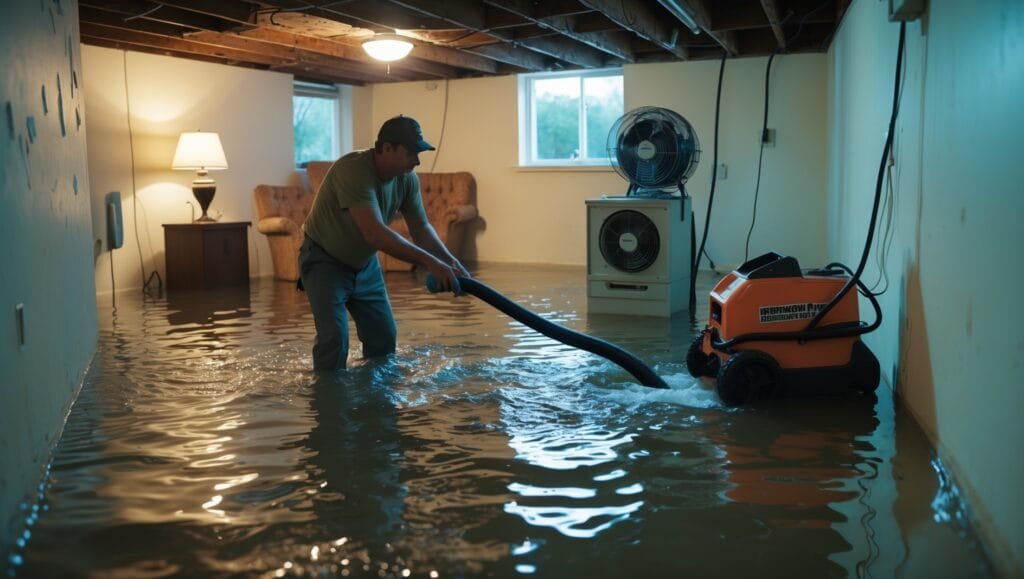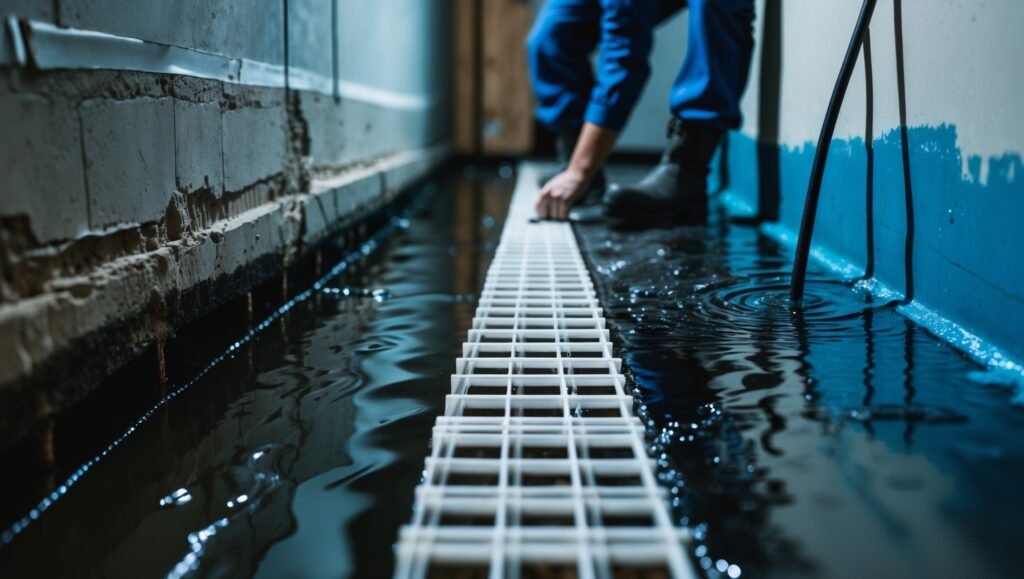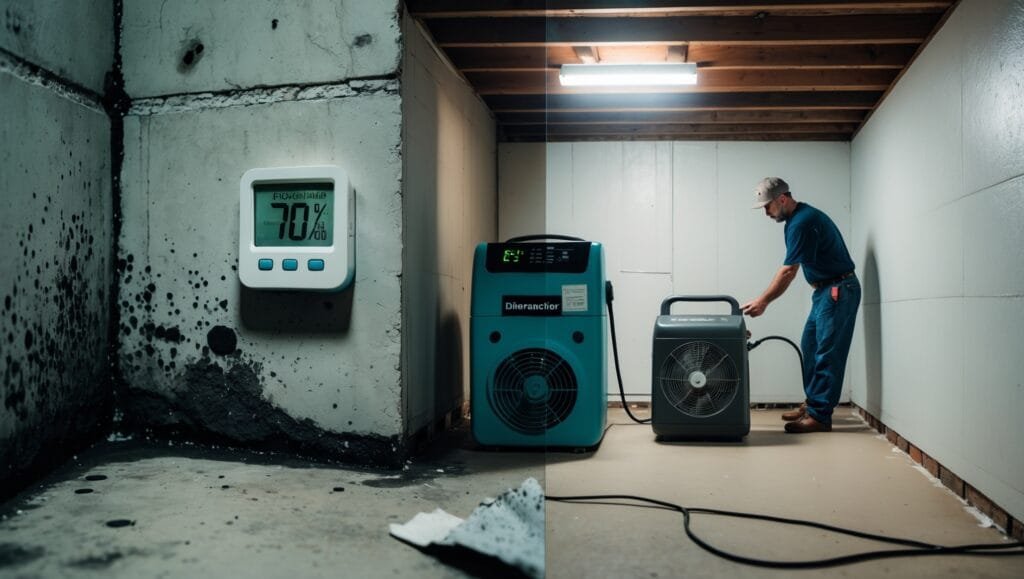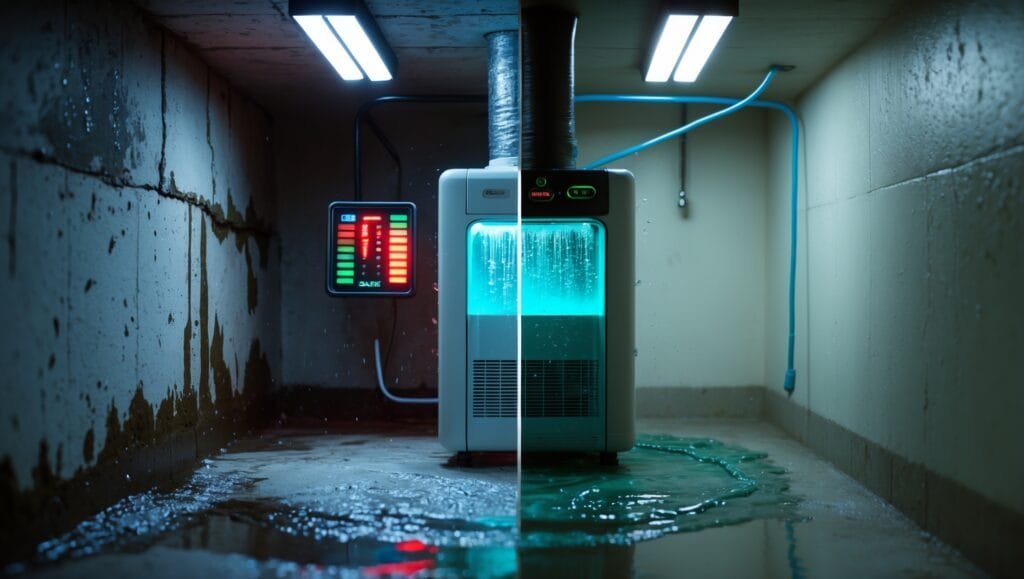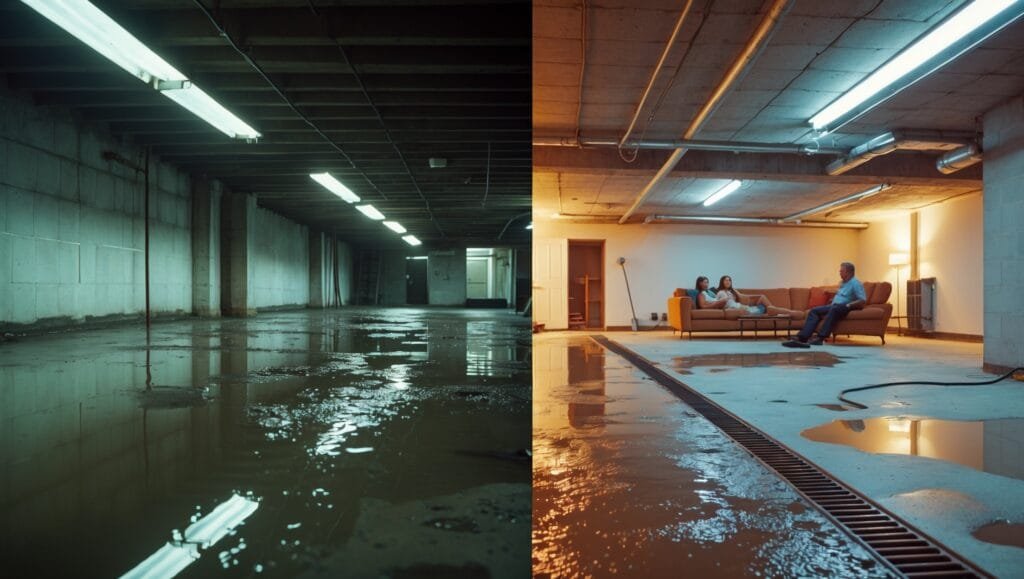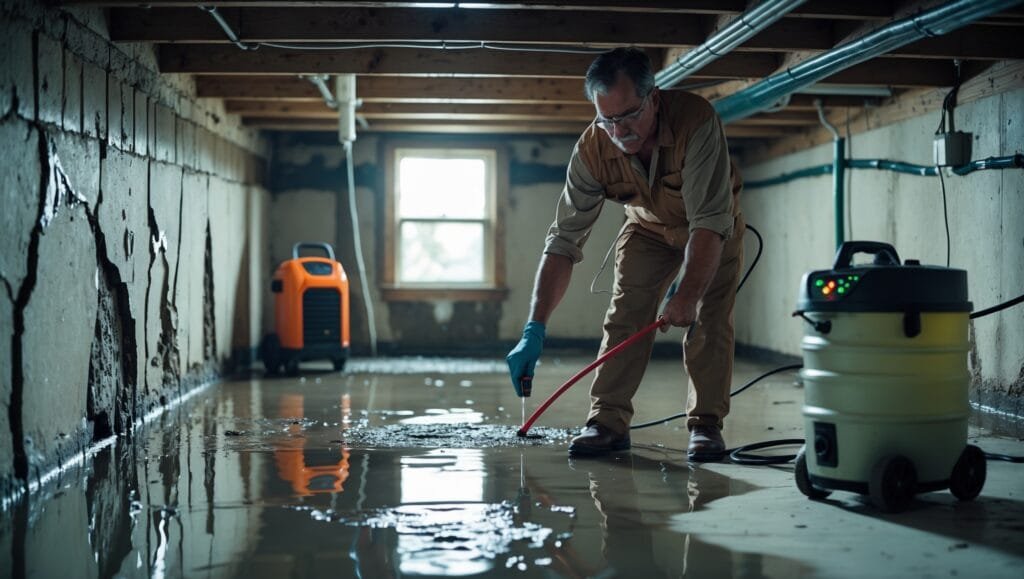Basement Dehumidifier Systems: Your Ultimate Defense Against Moisture Nightmares
Water is creeping up your basement walls. $30,000 in potential damage sits waiting. One wrong move could cost you everything.
A basement dehumidifier system isn’t just another home upgrade—it’s your critical shield against moisture destruction. These powerful machines pull excess humidity from your basement, preventing mold, structural damage, and potential health risks before they start.
Why Basement Moisture is a Silent Killer
Most homeowners don’t realize moisture is slowly destroying their biggest investment. Rochester, NY homes especially battle constant humidity challenges. Here’s what’s really happening in damp basements:
- Mold can grow within 24-48 hours of water exposure
- Humidity levels above 60% create perfect breeding grounds for bacteria
- Structural wood can rot and weaken without proper moisture control
Bottom line: Uncontrolled basement moisture isn’t just gross—it’s a ticking financial time bomb.
Understanding Basement Humidity Dynamics
Humidity isn’t just about feeling sticky. In enclosed spaces like basements, it’s a complex battle between environmental conditions and your home’s structural integrity.
One Rochester homeowner, Sarah T., discovered this the hard way. After ignoring basement dampness for two years, she faced $22,000 in mold remediation and structural repairs. Her story? Totally preventable with a proper basement waterproofing system.
How Basement Dehumidifier Systems Work
Think of a dehumidifier as a moisture-sucking superhero. These machines pull ambient air through cooling coils, condensing water vapor into liquid that’s then collected in a tank or drained directly.
Key components include:
- Intake fans that draw humid air
- Refrigerated coils that cool and condense moisture
- Collection reservoirs or direct drainage systems
- Humidity sensors for automatic regulation
Bottom line: Modern dehumidifiers are precision instruments designed to maintain optimal basement humidity levels.
Selecting the Right Basement Dehumidifier
Not all dehumidifiers are created equal. Your selection depends on several critical factors:
- Square footage of your basement
- Average humidity levels
- Temperature ranges
- Drainage preferences
Pro tip: For Rochester’s climate, look for units handling 50-70 pints of moisture daily. Anything less won’t cut it during humid summers.
Bottom line: Match your dehumidifier to your specific basement environment for maximum effectiveness.
Mark Frillici, founder of Healthy Spaces, recommends homeowners invest in quality systems. “Cheap solutions cost more in the long run,” he often tells clients.

